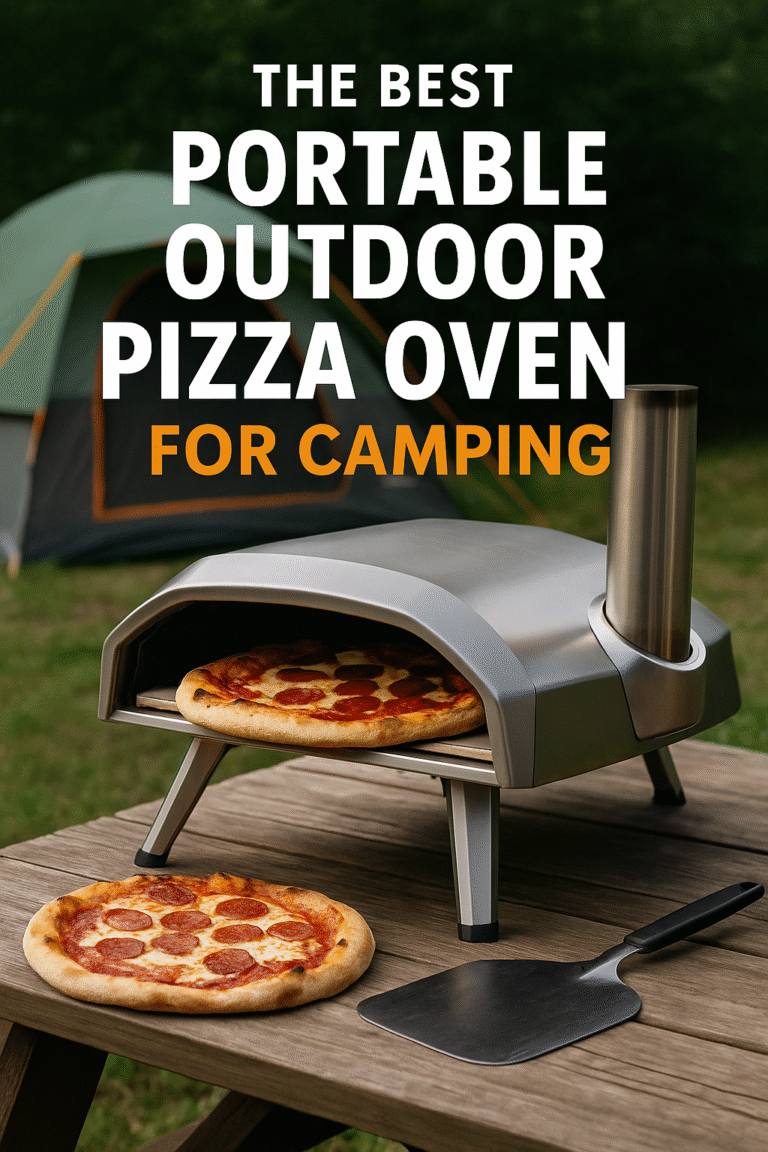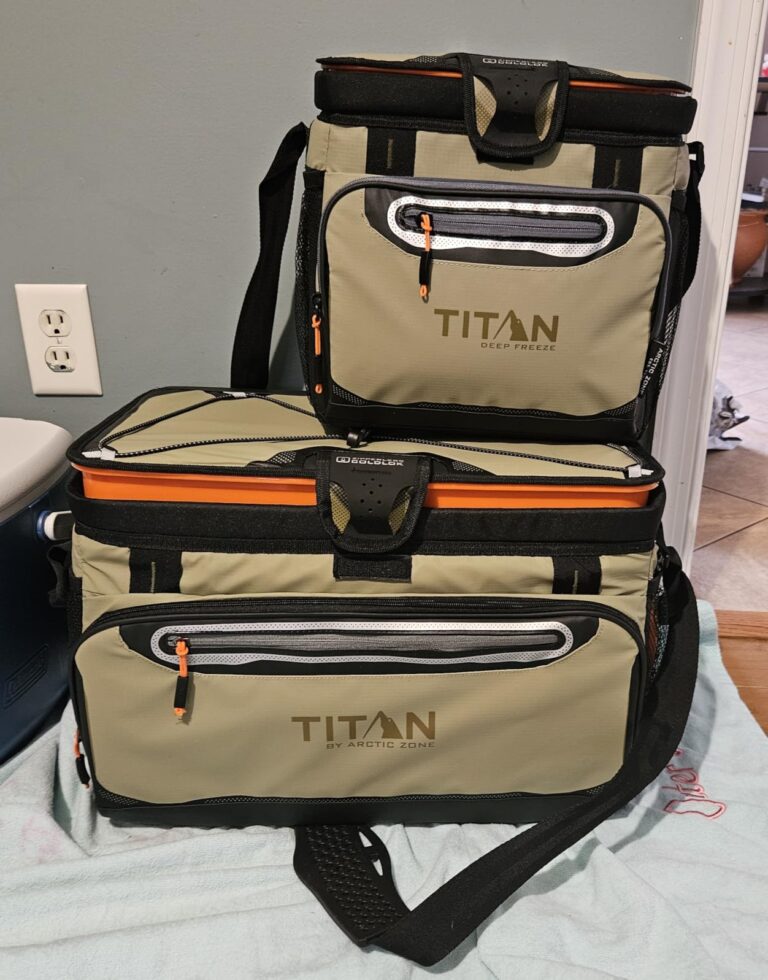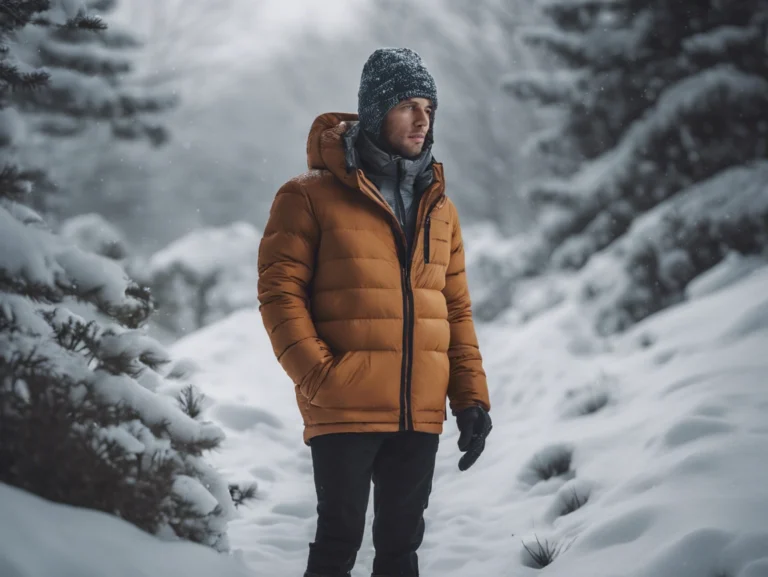There are several alternatives to consider when it comes to down jackets, ranging from selecting down over a synthetic material to understanding what loft and where you want to wear your jacket. Before digging into these questions, let’s define down. Down is the thin, delicate feathering between a goose or duck’s skin and its heavier, bigger outer feathers. This article will give tips about How to Choose a Down Jacket.

What is a Down Jacket?
Down is the soft fluff ducks and geese use to keep warm in the wild. This natural material is used as insulation in “down” jackets because it does a great job of keeping the heat in. If you’re buying a down jacket, you should look at how much down it has. You should also ask about the “fill power” of the jacket, how fluffy the down is, and how well it can trap air. Fill power for duck or goose is usually between 350 and 900; the warmer and more expensive the jacket, the higher the fill power.
Down jackets can be very warm but also have many problems. If you wear your jacket to work, it will get dirty. After normal use and washing, down insulation settles and loses its loft, clumping together.
When it loses its fluff, it loses its ability to keep heat in and you get cold. Depending on how considerably down it is used, it can also make you bulkier and heavier, making it harder to move around and get things done.
Thin down jackets
A thinner down jacket is suitable for many situations and can be worn all year long or with a shell jacket. If you’re going to be active, consider whether your down jacket should go under or over your shell layer. Are you doing a lot, taking short breaks, or not doing anything? The outer layer squeezes them down, which makes them less insulating.
Sweat will get trapped behind the outer layer, resulting in condensation and moisture. So, if you’re doing challenging activities with short breaks, it’s best to wear a down jacket as the outer layer to keep the cold out.
A medium-thick down jacket
A down jacket with a medium thickness is excellent for moderate to high-intensity outdoor activities like free-riding, faster winter hikes, or playing in the snow with your kids. On this level, you get enough heat without getting too hot as the activity level increases. There are hybrid jackets among our medium-thick-down jackets. These insulated clothes let you breathe better than most because they are made of both down and softshell.
Thick down jackets
A thicker down jacket serves the same purposes and can be worn in the same places as a thinner one. They are used to keep you as warm as possible while still being light, so they are easy to wear and pack. Are you going on a mountain hike, or do you need a warm jacket to wear around town? This is a versatile piece of clothing you can put in your hiking pack. You won’t be cold when you take a well-earned break at the top.
Extra thick down jackets
An extra-thick-down jacket is a more durable piece of clothing for more challenging weather and activities like expeditions. A thick layer of down acts as a good insulator. When it’s like this, it’s usually dry, so you don’t need a waterproof coat as much.
How to Choose a Down Jacket
- Weight
When looking for a backpacking jacket, you should think about how light it is and how easy it is to pack. A jacket like Montbell’s Wild Plasma 1000, which weighs 4.8 ounces, is on the lightest end. The Rab Neutrino Pro, which weighs 1 pound and 5.3 ounces, is on the heavier lot of things. Remember that a jacket has fewer features and less fill weight the fewer ounces it has. You should look for something between 8 and 15 ounces.
- DWR
A down jacket may say “DWR,” meaning “durable water repellent.” Several producers have begun to employ this treatment on the shell to assist moisture beading up and flowing off rather than soaking in to combat down’s Achilles heel and damp weather. If this is on your jacket, you can handle light rain.
- Hood
A hood on a down jacket keeps your head and neck warmer, making the jacket heavier and more expensive. A hood is a nice thing to have for everyday wear or backpacking. But if you use your jacket as a middle layer for activities like skiing, choose one without a hood because it will get in the way of your helmet, or make sure you get a version that works with a helmet.
- Fit
How big of a down jacket you get will depend on what you intend to do with it. Choose a tighter fit if you like to wear it as a middle layer or under a rain jacket. Choose a looser fit if you want to throw it over what you’re already wearing, like when belaying.
How to Choose a Down Jacket: Pocket Features
Having more pockets gives you more storage space, making the jacket heavier, bigger, and more expensive. Zippers, snaps, or Velcro are better for keeping things safe, but an open pocket is easier to get to.
- Protective zips
Some jackets with open pockets have flaps to keep the rain out. Other jackets have water-resistant zippers instead of flaps to save space.
- Fitting with the hipbelt
If the pockets are slightly higher, you can still get to them even when you have a pack on your hip.
- Music pockets
These are more common in urban jackets and have a hole in the back for running headphone cords.
- Security pockets
These are usually inside travel jackets with a hidden zipper opening along a seam or under a flap.
- Drop-in pockets
These large open pockets are inside the jacket, right behind the side pockets. They are an excellent place to put on a hat or gloves quickly.
How to Choose a Down Jacket: The benefits of down jackets
It looks like people have made spacesuits, suits for the deep sea, and helmets with augmented reality. Isn’t there any synthetic insulation we could use instead of geese? Sadly, there is still. The main benefits of natural down are as follows:
- Warm
The warmest 600 f.p. synthetics from PrimaLoft and Climashield are just about as warm as the best synthetics from PrimaLoft and Climashield. Down. And many “synthetics” and “holofibers” aren’t even as harmful down.
- Durable
People buy warm clothes for more than one season, especially for climbing. But time, washing, and being packed quickly change how all synthetics work. Some insulation materials, like Climashield Apex, take longer to “deflate.” But good down that is cared for properly will last longer than synthetic.
- Compact
This is what I like best. It somehow did even in a full backpack, where a medium-sized down seemed like it wouldn’t fit and socks wouldn’t. For the same warmth, a synthetic jacket and sleeping bag will take up two to three times as much space.
- Lightweight
At the same temperature, a down jacket weighs much less than a synthetic one.
- Ease of care
People worry that down can’t be washed or is afraid of water, but it stands up to dozens of washings better than synthetics. Also, it is much less affected by storage when it is compressed.
Final Thoughts
Check that the jacket fits properly. Because you’ll be wearing your jacket as part of a layering strategy, it should be tight enough. Before making a final selection, we suggest putting it on with a few garments below.
You also don’t want it to be so large that chilly air may enter through any holes, like the sleeves or hem. The sleeves and hemlines should be cuffed or adjustable to accommodate different styles and layers.
FAQ
How often should a down jacket be washed?
When your insulated jackets get dirty or smelly, it makes sense to wash them. It can be hard to tell if the outdoor gear is dirty. This means that you should wash your down and synthetic jackets often.
There are even some other good things that happen when you wash them. When you wash your down jackets, the insulation can get a new life, making them warmer and fluffier.
Also, if your jacket has a membrane or coating that makes it waterproof, you can wash and dry it to make it work again. We suggest washing insulated coats and clothes at least once every four months.
How to Dry Down Clothing and Jackets?
You need heat to dry your down jackets and other gear, but you must be extra careful not to overheat your jacket while drying. Too much heat can hurt the insulation made of down. You can still dry down jackets.
Set your dryer to low and let your down jacket dry for about 30 minutes. If your jacket isn’t dry, hang it up to dry or put it back in the dryer for 20 more minutes. Don’t turn up the heat, though; patience is critical.
If you place your down jacket and some clean tennis balls in the dryer for five to ten minutes, the tennis balls will help break up any clumps of down. This will make your jacket nice and puffy.
Is Goose or Duck down preferable?
Goose down is often bigger than duck down, indicating a more substantial fill power. The greater the fill power, the higher the temperature!
Packable down jackets: do they keep you warm?
Packable down jackets are an excellent addition to any wardrobe since they are lightweight, warm, and easy to transport in a bag. They’re also simple to layer, with enough space for a shell rain jacket and thermals below.
Which is the warmest fill-down?
The maximum possible grade for fill-down is 900. Most packable down coats have 650-800 fill-down, keeping you warm and toasty.
Packable down jackets, how warm are they?
While most people believe packable down coats are warmer than traditional down jackets, this is only sometimes the case. The fill power and fill weight of a down jacket are the most important factors to consider when purchasing one.















